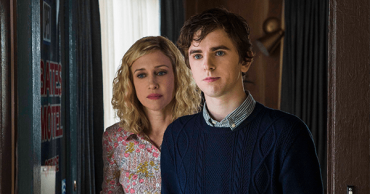
The TV has come a long way since its inception many years ago. Believe it or not the the first television station started in 1928 and in the 1940s televisions in people’s homes began to be realistic. By the 1950s it had become a craze. Today? There’s one in almost every home, there’s always something to watch and with the advances of the internet, television is constantly improving and evolving.
Today we’re going to dive into what the biggest advancements for the medium have been. And what about the future of TV itself? These are a few of the questions we’ll discuss below. Check out the most notable advancements in TV tech in the following examples.
Color
Having a color TV set used to be the ultimate symbol of prestige. It was hard enough to believe that TV transmission itself wasn’t magic, but in COLOR? It was like Dorothy landing in Oz. It got even more people glued to their sets, and as time goes on, we’re still pushing the bounds of color TV today with our crazy intense LCD displays. The amount of pixels is starting to feel unlimited to the point where TVs are likened to watching people through windows
Cable
The invention of Cable TV brought home television from a handful of channels to several dozen. Now over the years, we’ve increased even further to hundreds or even thousands of channels. Sure, it’s increased the amount of trash TV, but cable as of late has given birth to some of the best shows in TV history, as it’s capable of showing content the broadcast networks simply can’t. Funny because with streaming, now cable’s in trouble as you’ll see later on in this article
Flatscreens
Until recently, big screen TVs were often unwieldy beasts that were hard to fit anywhere. The invention of the flatscreen changed all that. Whether it was plasma, LCD or OLED, flatscreens have dramatically increased the quality of picture, but also the ability to put a TV literally anywhere there’s a wall without taking up space. Hell, even our bathrooms have TVs now sometimes, all thanks to flatscreens.
DVRs
The DVR killed two birds with one stone. It allowed you to watch shows later without the messy process of recording onto a VHS, but also effectively killed the need to ever be bothered with TV commercials again. A huge percentage of the country now watches TV through DVRs which is great, although it’s effecting TV ratings in the sense that they’re no longer as reliable as they once were because of people time-shifting their viewing.
Streaming – Netflix
Now comes TV’s reckoning. Can it survive the dawn of Netflix and the internet? Only time will tell. Netflix has actually been a boon to TV in the sense that viewers can now catch up on entire series that they may have missed previously. The bad news is that none of this is taking place on cable, and the networks and Netflix are constantly at war with each other over distribution rights. But it’s Netflix and the internet that now feel like the future of TV, not cable.
Who knows what the future will bring!
 Follow Us
Follow Us





